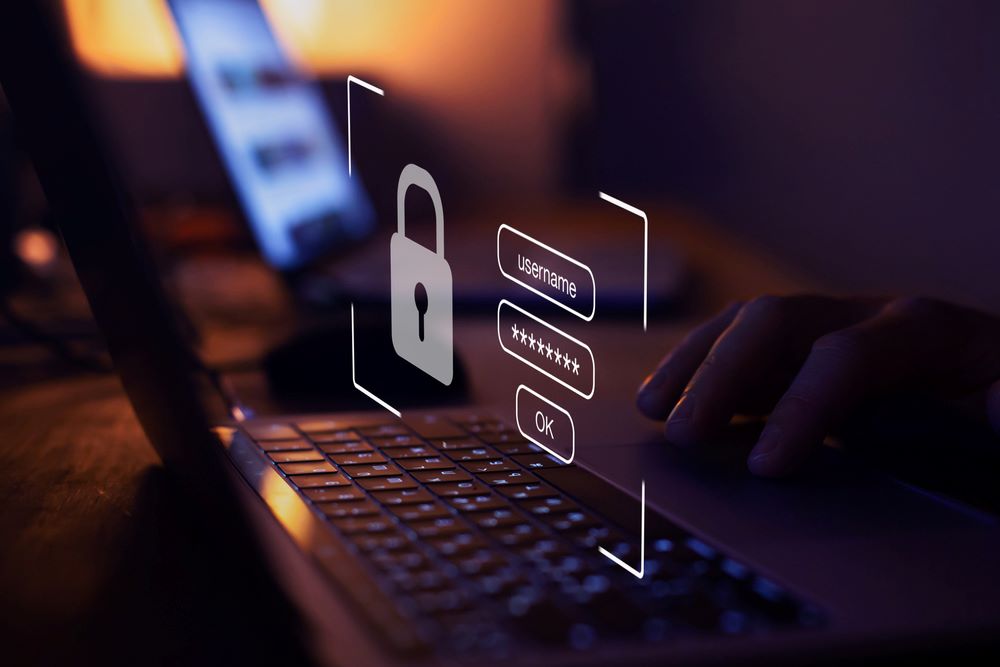
|
|
Most Common Types of Cyber Security
In this modern world, it seems that an increasing quantity of our life relies on the internet, is being built on the internet, and exists on the internet. The entire world is online if you know where to look for IT solution, and whilst this may be convenient in some respects, it raises several questions concerning safety, privacy, and security. You would never leave your house unlocked at night, share the private aspects of your business with a stranger, or pin your bank details to the village noticeboard; yet so many people leave their confidential information exposed and vulnerable on the internet without even realising it. Without the correct cyber security in place: your bank details, personal information, employee records, and confidential business information can all be at risk.
The answer is cyber security. In short, cyber security is a virtual barrier that protects your data, software, and hardware from hackers and viruses. There are five main kinds of cyber security, and whilst all are vital, each type offers something slightly different and fulfils a different role.
This is what protects the cyber-physical systems, networks, and assets that ensure society runs smoothly. These can include water purification, electricity grids, and traffic lights. A countless number of companies and organisations, though not directly related to these cyber-physical systems, still depend on them for their business to operate, so the security that keeps the critical infrastructure safe is also (indirectly) keeping their business running.
Protects data from cyber threats and breaches using software and hardware methods to tackle external threats. Application security includes firewalls, authentication, authorisation, antivirus programs, and encryption.
This prevents unauthorised use or access of your internal networks due to malicious intent. Network Security is a cyber security measure that almost everybody will have encountered at some point, as simple things like passwords and monitored internet access count as network security. Other examples include antivirus programs, firewalls and extra logins.
A software-based security tool that protects and monitors the data in your cloud resources. Your data is stored on the cloud rather than on physical servers, and whilst some people may be apprehensive about this or believe it to be less secure, this is not the case. There is proof that accessibility matters more than the physical location of your data in relation to safety. In fact, Alert’s Logic Cloud Security Report found that on-premises environment users suffer more incidents than those in service provider environments.
More commonly known as IoT security, this is the fifth type of cyber security. It protects, identifies, and monitors risks whilst fixing vulnerabilities from devices that can cause security risks for your personal or business information. The devices in question can include televisions, Wi-Fi routers, sensors, and security cameras.
Though all five branches of cyber security are slightly different, all five play their role in keeping information and data safe. Viruses and hackers are becoming more sophisticated by the day – so it is crucial to be up to date and in the loop with cyber security and how it works, to avoid your business falling victim to the ever-evolving internet.
Your entire world is online, don’t leave it undefended, reach out to our team Magnetar IT | Contact Us – Magnetar IT
Date: April 11, 2023
Author: Morris